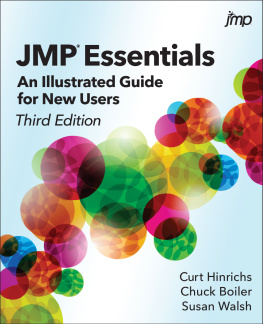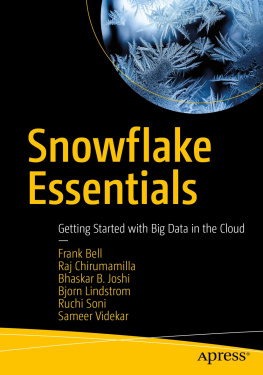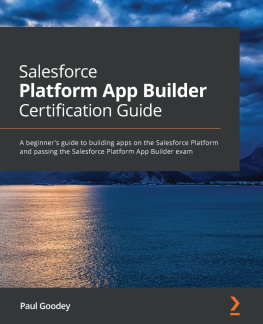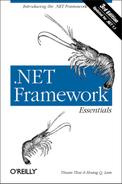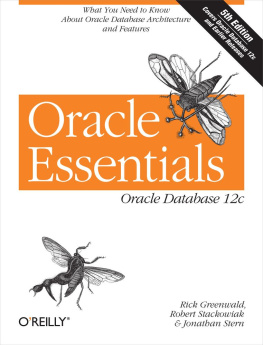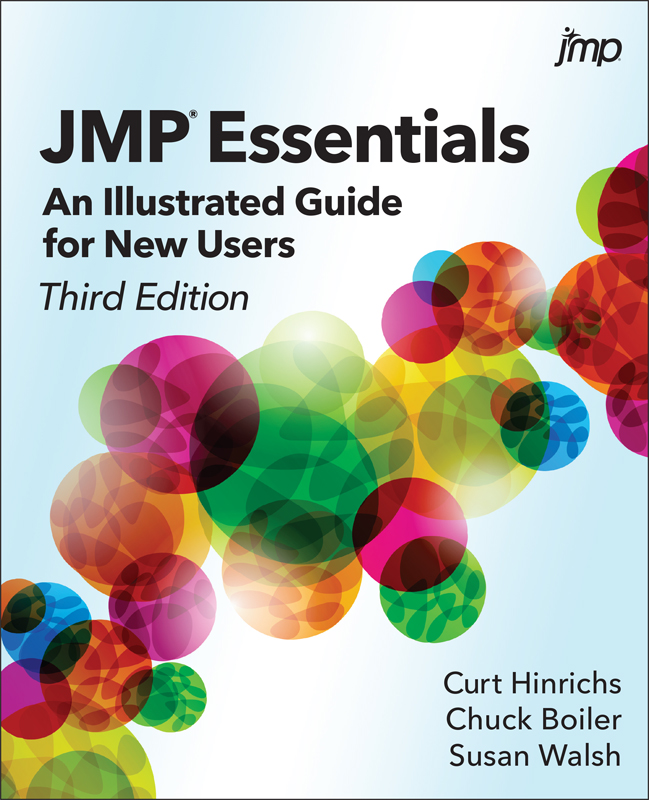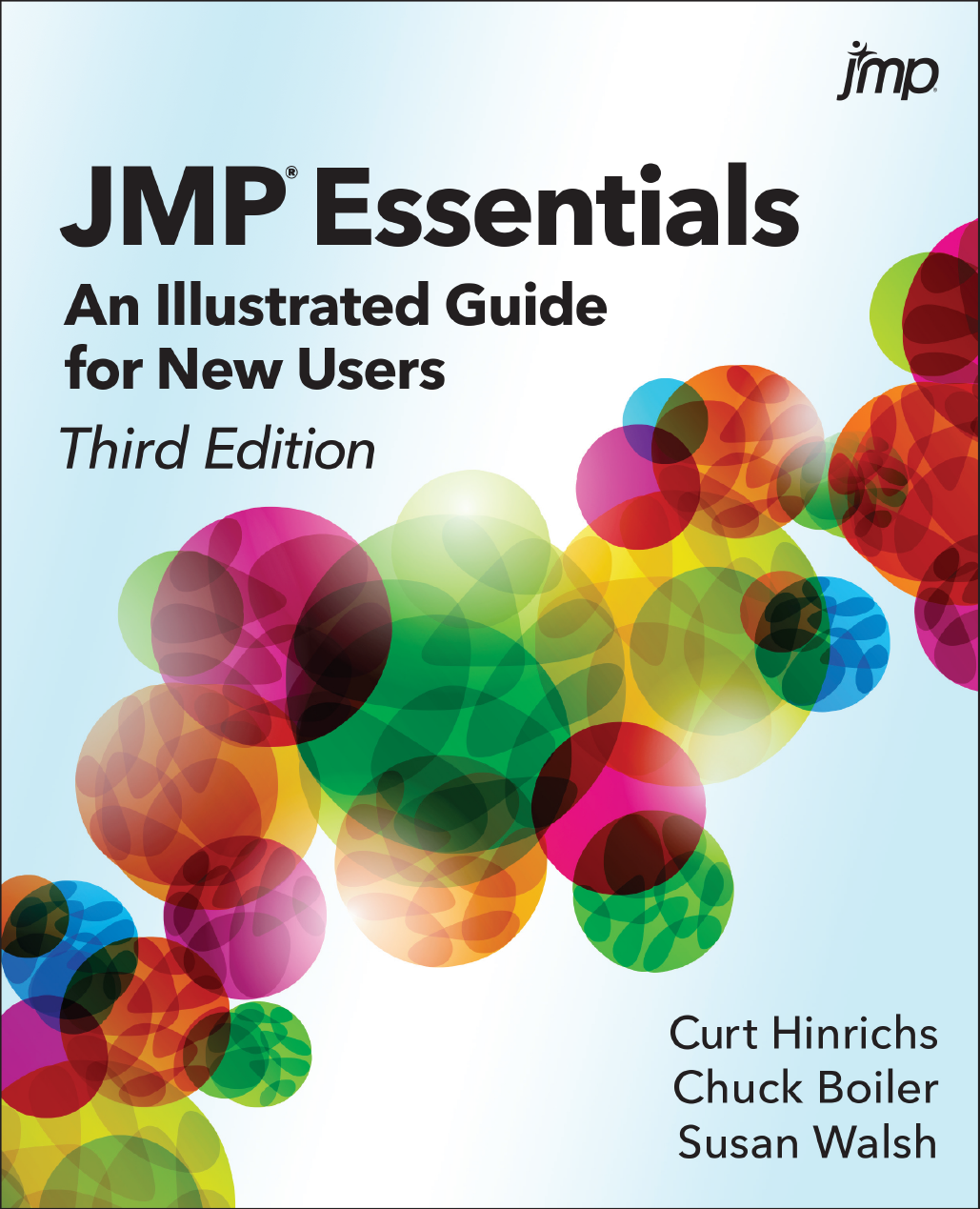The correct bibliographic citation for this manual is as follows: Hinrichs, Curt, Chuck Boiler, and Susan Walsh 2020. JMP Essentials: An Illustrated Guide for New Users, Third Edition . Cary, NC: SAS Institute Inc.
JMP Essentials: An Illustrated Guide for New Users, Third Edition
Copyright 2020, SAS Institute Inc., Cary, NC, USA
ISBN 978-1-64295-650-4 (Hard cover)
ISBN 978-1-64295-389-3 (paperback)
ISBN 978-1-64295-390-9 (Web PDF)
ISBN 978-1-64295-391-6 (epub)
ISBN 978-1-64295-392-3 (kindle)
All Rights Reserved. Produced in the United States of America.
For a hard copy book: No part of this publication may be reproduced, stored in a retrieval system, or transmitted, in any form or by any means, electronic, mechanical, photocopying, or otherwise, without the prior written permission of the publisher, SAS Institute Inc.
For a web download or e-book: Your use of this publication shall be governed by the terms established by the vendor at the time you acquire this publication.
The scanning, uploading, and distribution of this book via the Internet or any other means without the permission of the publisher is illegal and punishable by law. Please purchase only authorized electronic editions and do not participate in or encourage electronic piracy of copyrighted materials. Your support of others rights is appreciated.
U.S. Government License Rights; Restricted Rights: The Software and its documentation is commercial computer software developed at private expense and is provided with RESTRICTED RIGHTS to the United States Government. Use, duplication, or disclosure of the Software by the United States Government is subject to the license terms of this Agreement pursuant to, as applicable, FAR 12.212, DFAR 227.7202-1(a), DFAR 227.7202-3(a), and DFAR 227.7202-4, and, to the extent required under U.S. federal law, the minimum restricted rights as set out in FAR 52.227-19 (DEC 2007). If FAR 52.227-19 is applicable, this provision serves as notice under clause (c) thereof and no other notice is required to be affixed to the Software or documentation. The Governments rights in Software and documentation shall be only those set forth in this Agreement.
SAS Institute Inc., SAS Campus Drive, Cary, NC 27513-2414
March 2020
SAS and all other SAS Institute Inc. product or service names are registered trademarks or trademarks of SAS Institute Inc. in the USA and other countries. indicates USA registration.
Other brand and product names are trademarks of their respective companies.
SAS software may be provided with certain third-party software, including but not limited to open-source software, which is licensed under its applicable third-party software license agreement. For license information about third-party software distributed with SAS software, refer to http://support.sas.com/thirdpartylicenses .
Contents
About the Book
JMP Essentials was written for the new user of JMP software who needs to get the best results right away. If you have data and problems to solve, JMP helps you make sense of them to gain understanding and arrive at a good decision. It is the goal of this book to help you with this task.
We often find new users of JMP simply trying to complete a specific task with their data. Perhaps you just need to generate a certain graph for a Microsoft PowerPoint presentation or to quickly see how patterns in your data will lead you to an important discovery. If these scenarios sound close to home, you have come to the right place. This book is task-oriented and will help you access your data, identify that graph or statistic you need, and quickly and easily create and share it with others.
JMP software is built around the workflow of the problem solver. One of its outstanding features is that it consistently provides the correct graphs and statistics for the data that you are working with (something we refer to as the JMP smart interface). JMP leads you down the path to the best result, provided your data is properly classified and you have an idea of what questions you are trying to answer.
JMP is easy to use. In most cases, generating a graph or result will take you seconds, maybe minutes, to complete but never hours or days. Much of this efficiency is due not only to the small number of steps required but to the ability to navigate intuitively toward the right solution quickly, rather than through repetitive and time-consuming trial-and-error. This book provides you with the essential knowledge to get to your solution even faster.
Though JMP contains state-of-the-art visualization and advanced statistical and data mining tools, we also believe it is the right tool for the user who might be less confident in his or her analytic abilities. While there is a time and place for every feature in JMP, we have tried to include only those topics that a typical new usera manager, engineer or analyst, for examplewould need. If it has been a while since you have studied statistics or dealt with its terminology, do not worry. We will present the key ideas and fill in the gaps as needed.
Audience
While this third edition of JMP Essentials is designed for new users, we have also focused on the most fundamental and commonly used features of JMP so that it may also serve as a valuable reference to the occasional user too. This focus is what we like to think of as the 20% of JMP that is used 80% of the time. Throughout the book, we have provided the necessary instruction to generate results quickly. Each key step in this process is illustrated with screenshots to help you see the result and develop your confidence in using JMP. We do not assume any formal background in statistics. Instead, we emphasize the intuition of concepts over statistical theory. If you require deeper statistical understanding, we recommend the documentation included in JMP and some excellent textbooks in the Bibliography.
Most new users of JMP have one or more of the following distinct needs:
1.They need to get their data into an appropriate and structured format so it may be effectively analyzed or visualized. (See Chapter 2).
2.They have a good idea of what graph they need and recognize it by its illustration or name and simply want to create it. (See Chapter 3.)
3.They really do not know what the data will say, and need help with exploring or with summarizing it. (See Chapter 4.)
4.They need to interpret or answer some specific questions about the data they have. (See Chapters 5 and 6.)
We also believe that the complete book is well suited as a reference guide to the following groups of users:
Spreadsheet users who are looking for a convenient way to produce nice visualizations of their data or to supplement a spreadsheets statistical capabilities. JMP reads and writes data from a variety of programs including Microsoft Excel. This book provides a quick and easy way to make your spreadsheet data come alive and enables you to fully and interactively explore that data.
Students enrolled in introductory statistics courses who may need JMP instruction. JMP is the ideal tool for students because its navigation reinforces the basic assumptions taught in an introductory course. This book provides an overview of the JMP tools needed in most first-year courses.
SAS users who want to take advantage of JMPs data visualization tools. We have provided Appendix A to illustrate the features of how JMP integrates with SAS.
Approach and Features

